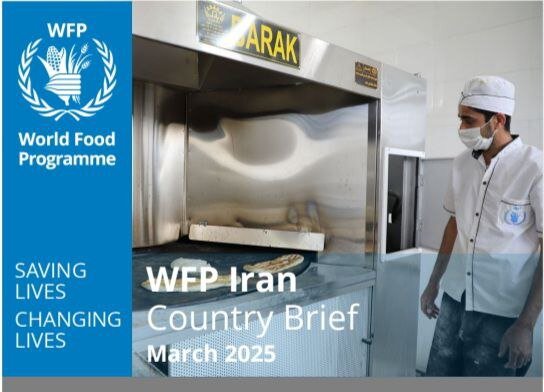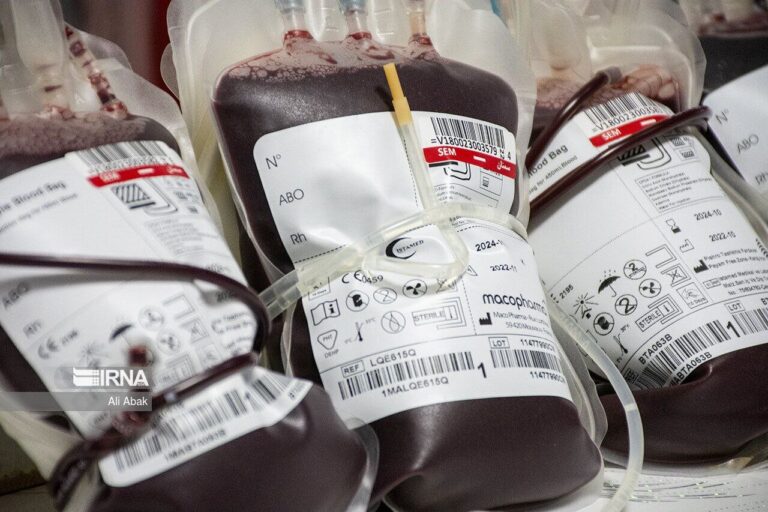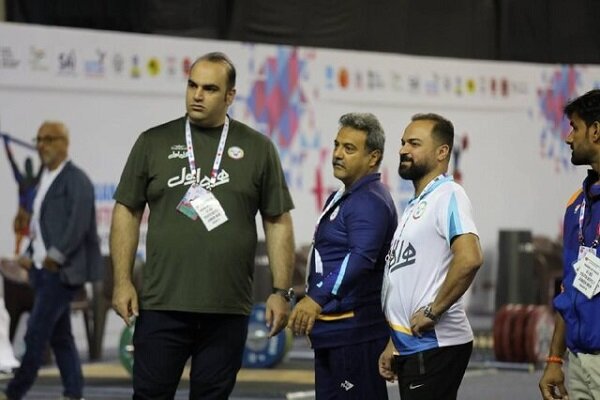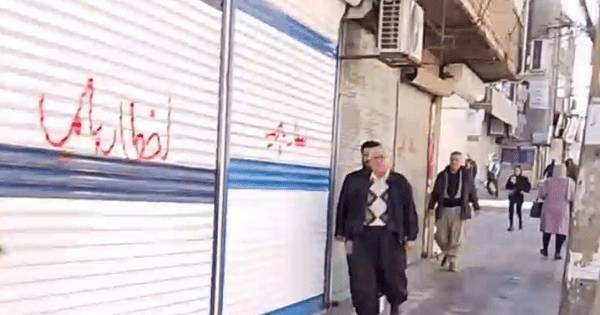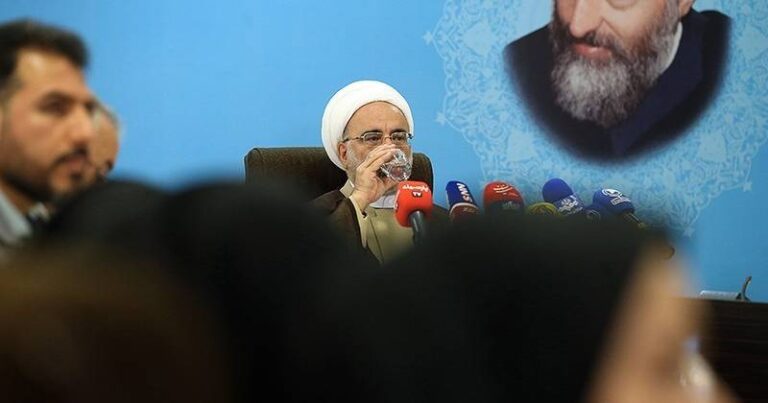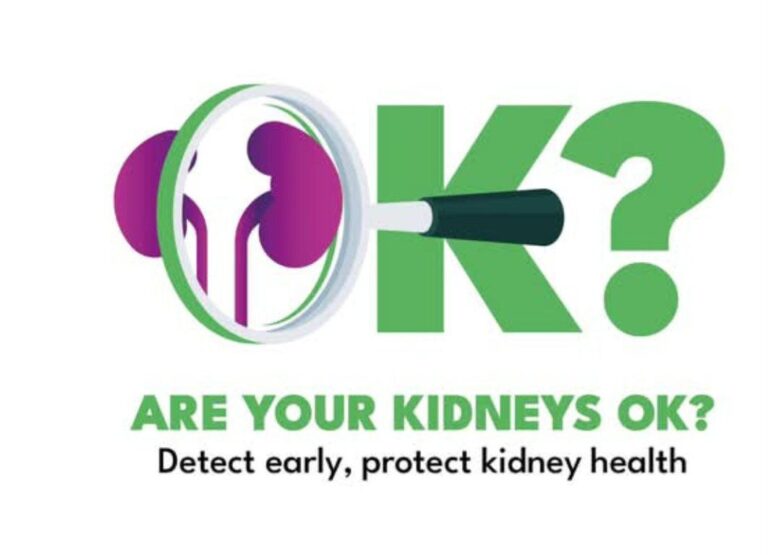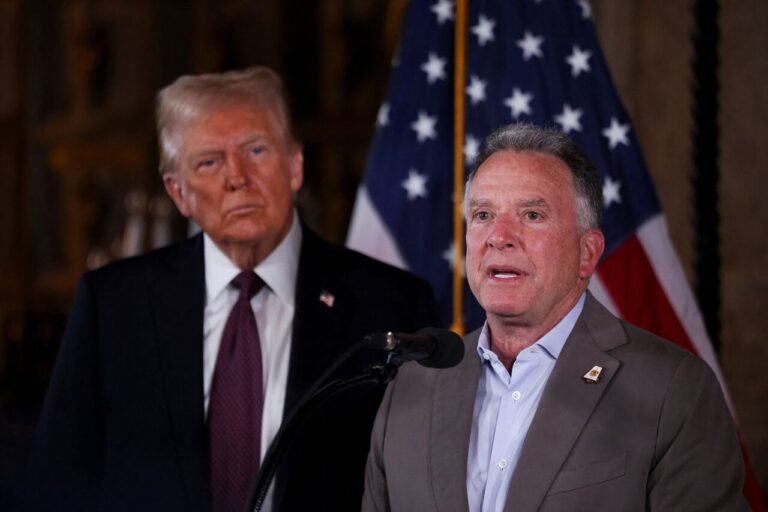WFP Unveils March Insights: Key Findings on Iran’s Food Security Crisis
The World Food Program (WFP) has recently published a comprehensive report detailing its humanitarian efforts in Iran during March 2024. This report highlights the ongoing food assistance initiatives aimed at supporting vulnerable populations, notably Afghan and Iraqi refugees, as well as local Iranian teachers.
In March, the WFP successfully delivered food assistance to 33,269 beneficiaries. The support package for refugees included a staple food basket containing:
- Fortified wheat flour (12 kg per person per month)
- Vegetable oil (810 ml per person per month)
Additionally, the WFP has implemented cash-based transfers to enhance the financial capabilities of affected households. Following a revision of the Minimum Expenditure Basket (MEB) conducted in November 2023, cash transfer values were adjusted in January 2024 to provide better support for essential living costs. These adjustments include:
- For men-headed households: Cash transfer increased from IRR 2.5 million (approximately US$ 3.6) to IRR 5 million (approximately US$ 5.3)
- For women-headed households: Cash transfer increased from IRR 3 million (approximately US$ 4.4) to IRR 6 million (approximately US$ 8.7)
As part of its educational initiatives, WFP provided monthly cash incentives to 2,596 refugee girls. Each girl received IRR 1 million (approximately US$ 1.4) directly into their bank accounts. This incentive aims to promote school attendance among refugee girls, thereby investing in their education and future.
In another significant effort to alleviate the financial burden on health-related dietary needs, the WFP provided additional cash support to 52 refugee celiac patients. Each patient received an extra cash amount of 7.7 million rials (approximately US$ 11.27) to cover their gluten-free dietary requirements.
The assistance extended by WFP also prioritized individuals with disabilities. In March, 373 refugees with disabilities across nine settlements received enhanced monthly cash support of IRR 3 million (approximately US$ 4.4) in addition to their regular assistance. These efforts spanned across provinces including Kerman, Lorestan, West Azerbaijan, Fars, Khuzestan, Markazi, Khorasan Razavi, and Semnan.
Furthermore, the WFP facilitated 23 livelihood activities such as welding, tailoring, baking, and farming, which remained operational across 17 settlements. This initiative supported 329 refugees, with 53% being women and 47% men, thereby contributing to community resilience and economic empowerment.
Throughout 2024, the WFP’s combined in-kind and cash assistance strategies have addressed the food needs of over 33,000 vulnerable refugees in Iran. Impressively, 70% of these beneficiaries reported being able to consume food at an acceptable level, demonstrating stability compared to the prior year.
Since August, the WFP has successfully increased the value of cash transfers by 25%, aiding refugees in coping with immediate economic challenges.
WFP’s presence in Iran dates back to 1987, primarily focusing on the food security needs of Afghan refugees. Over the past four decades, Iran has hosted a significant number of refugees, many of whom are integrated into urban, peri-urban, and rural communities. However, the most vulnerable refugees residing in 20 settlements across 13 provinces continue to face critical food security challenges, necessitating ongoing humanitarian assistance from WFP.
The WFP’s multifaceted approach includes:
- Food assistance
- Educational support
- Livelihood opportunities
These initiatives are delivered through in-kind food distributions, unconditional cash transfers, and capacity-strengthening programs aimed at eligible refugees within the settlements.
In light of the recent economic challenges in Iran, particularly for Afghan refugees, many have encountered reduced income opportunities and decreased purchasing power. This situation has adversely affected their food security and overall well-being, particularly within the settlements. In response, the WFP has adjusted its Interim Country Strategic Plan (ICSP 2023-2027) to better align with the evolving needs of these communities. This includes:
- Modifying cash entitlements and food rations
- Adjusting the number of beneficiaries
- Extending the duration of the ICSP by two years
These strategic adjustments align with the United Nations Sustainable Development Framework (UNSDF 2023-2027), ensuring uninterrupted assistance for the most vulnerable populations.
As a result, approximately 35,000 documented refugees living in 20 settlements across 13 provinces are benefiting from the ongoing food assistance provided by the WFP.
In conclusion, the WFP’s continuous efforts in Iran reflect a commitment to addressing the pressing humanitarian needs of refugees, thereby fostering a more secure and stable future for these vulnerable populations.
